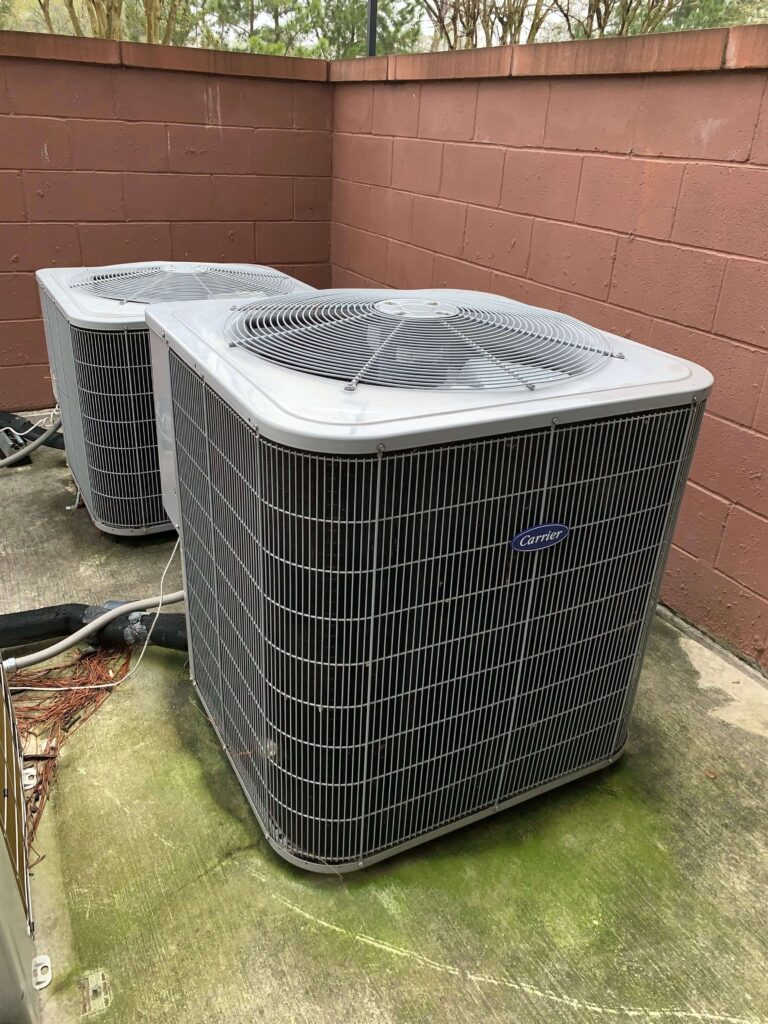Understanding Just How Really Your Spring AC Work
An In-Depth Look At How Residential Air Conditioners Work In Spring
If you have ever spent time in the Houston area during the summer, you already know just how important it is to have an air conditioner in this part of the country. While there is a lot to love about warm weather, it sometimes gets a little bit overwhelming. When the temperature and humidity levels climb, nothing feels quite as good as stepping into a comfortable, air-conditioned space. Like most people who live in hot climates, you no doubt appreciate the extra comfort that air conditioners provide. Even though countless people use these units every day, not very many people know how they work. How exactly do air conditioners make your home feel cooler?

Logically, you might think that air conditioners lower the temperature in your home by blowing cool air inside. That does play a role in the process. However, there is one other important thing happening at the same time: the air conditioner is also removing heat from your home. By working together with one another, all of the parts inside your air conditioner help control the temperature in your home, making it much cooler when it gets hot outside.
The Inner Workings Of A Typical Residential Air Conditioner
Before you can understand the working principles of an air conditioner, you first need to familiarize yourself with the various parts and components that go into making one. At the most basic level, air conditioners are made up of two primary components: an indoor unit and an outdoor unit. The inside portion contains a filter and an evaporator coil, while the outside portion has a compressor, a fan, and a condenser coil.
These two separate parts work together to cool your home.
1. With a typical air conditioner, the outer portion contains a condenser coil. This coil is tasked with absorbing heat that has been transferred to the refrigerant from inside your home.
The compressor, which is also located in the outdoor unit, is responsible for moving the refrigerant through the system. It compresses the refrigerant into a high-pressure gas. This gas then moves into the condenser coils where it cools and condenses back into a liquid state, releasing heat in the process.
2. The portion of the air conditioner that is located indoors contains the evaporator coil. The liquid refrigerant makes its way from the condenser coil to the evaporator coil inside the home. The amount of pressure on the refrigerant is decreased, which causes it to return to a gaseous state. The evaporator coil absorbs heat from your home, transferring it to the gas. The gas then moves to the condenser where it can be cooled, converted to a liquid, and returned to the evaporator coil again.
3. Outside your home, a fan blows away any hot air that is removed by the condenser coil. At the same time, a second fan inside your home helps blow cool air into space.
4. The indoor portion of the unit is equipped with a filter. This filter is tasked with keeping dirt, dust, and other airborne particles from getting into your home.
5. The temperature on the air conditioner is controlled using a built-in thermostat.
If you still have any questions about how air conditioners work, feel free to reach out to Schiller Services to get the answers that you need. From air conditioner maintenance to emergency repairs, we can help you with all of your HVAC-related needs. Schiller Services can help determine what is causing your air conditioning issue and get it fixed. We serve the entire Houston metro area. Feel free to contact us or call us today!
